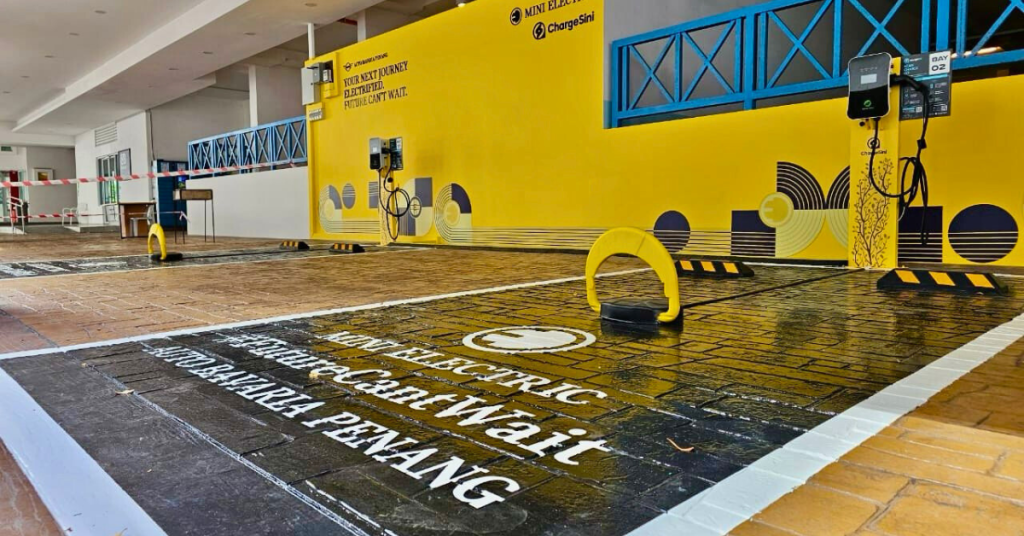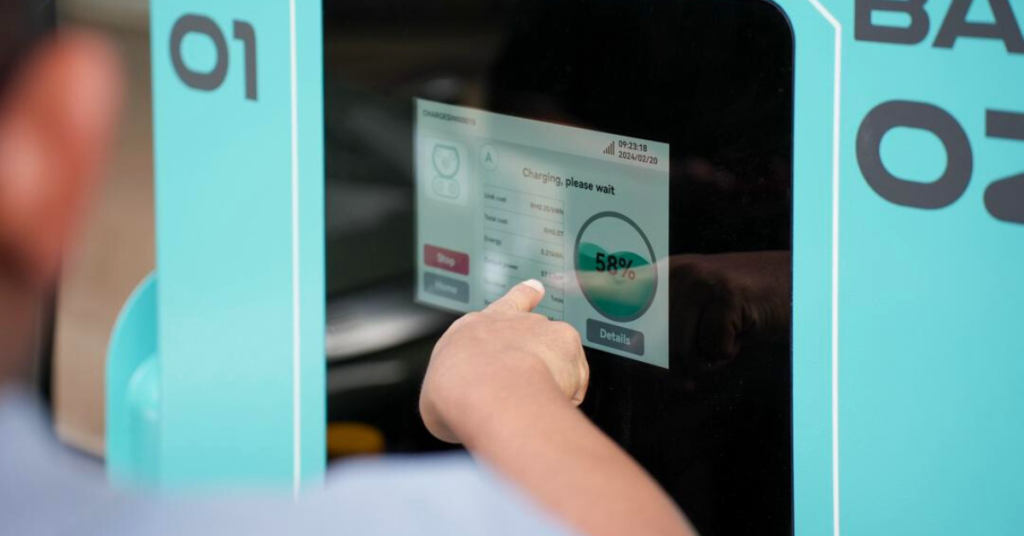[Written in partnership with ChargeSini, but the editorial team had full control over the content.]
Tabled last month, Malaysia’s Budget for 2025 has included a wide array of incentives to support the growth and development of our country, including several initiatives supporting EV adoption.
This includes the continued import and excise duty exemptions, tax relief for home charging equipment, and road tax exemptions—all helping make EV ownership more attainable.
Yet, is it enough to really drive EV adoption amongst Malaysian consumers?
Speaking to local EV startup ChargeSini, we got some insights into what initiatives could’ve been helpful as Malaysia accelerates onward in our EV journey.
Incentives for charging station operators are missing
“While these measures are valuable for consumers, additional incentives directly aimed at Charge Point Operators (CPOs) like ChargeSini would enable faster expansion of charging networks and infrastructure improvements nationwide,” the ChargeSini team shared.

Even in the absence of specific incentives for CPOs in this budget, though, ChargeSini remains committed to growing Malaysia’s EV charging network to ensure accessible, reliable infrastructure.
RM100,000 EV cars are a start, but hopefully prices get lower
During the recent Budget tabling, the Malaysian Prime Minister had mentioned Perodua’s commitment to releasing an EV under RM100,000, which could be a gamechanger for many Malaysians.
Mind you, the Malaysian government has set a floor price of RM100,000 for imported EV cars.
This price point certainly makes EVs more accessible, but, as ChargeSini pointed out, affordability remains relative. For many Malaysians, this may still be a significant investment.
However, ChargeSini also added that as infrastructure develops and more incentives become available, they’re optimistic that EVs will continue to become more affordable over time, further encouraging widespread adoption.
On the bright side, ChargeSini sees the RM2,400 subsidy for CKD electric motorcycles as a positive step toward greener transportation options, especially in urban areas where motorcycles are a primary mode of transport.
“This subsidy can also benefit the many individuals using bikes for food delivery with platforms like Grab and Foodpanda, helping to reduce emissions while supporting the livelihoods of delivery riders,” ChargeSini shared.
The startup also shared that they are committed to supporting all EV users, and as such are actively exploring solutions to accommodate e-bikes at their charging stations.
No extension on four-wheel EVs
This means that the tax break will end by the end of next year.
This absence of an extension for individual tax breaks on 4-wheel EVs could impact consumer demand, especially among first-time EV buyers who benefit significantly from such incentives.

These tax breaks have been instrumental in making EVs more attractive and financially viable for a larger audience. Without them, some consumers might hesitate to make the transition, especially given the current cost of EVs compared to traditional vehicles.
But then again, these incentives are put in place as a start, not a handout that is meant to continue. With these initiatives, there should be enough demand to in turn develop Malaysia’s infrastructure and charging accessibility.
Because of that, ChargeSini remains optimistic that other incentives and growing environmental awareness will continue to drive EV adoption in Malaysia.
Still a work in progress
Nowadays, we see more and more EVs on the roads in Malaysia, from Teslas to BYDs. Hopefully, now with homegrown brands such as Proton and even Perodua joining in, EV adoption will continue to increase.
Even though there’s a lot more progress still to come in the EV space not just in Malaysia but globally, it’s important to see the strides that we’ve taken, and empower startups such as ChargeSini as they lead the charge.
- Learn more about ChargeSini here.
- Read other articles we’ve written about electric vehicles here.
Featured Image Credit: ChargeSini

